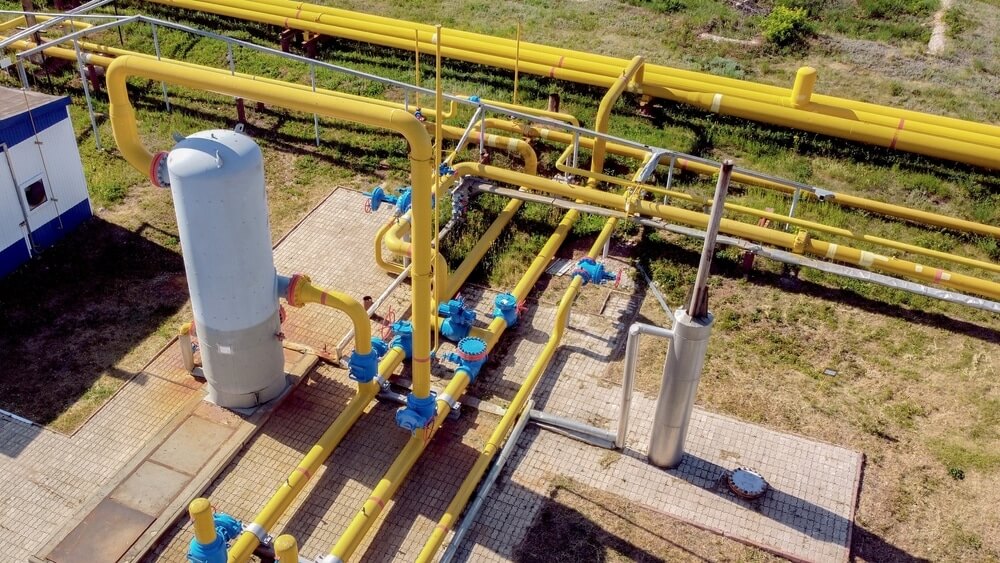Oil Prices Are Falling as Inventories Increase
Oil prices fell more than $3 on Thursday as increasing gasoline stocks in the United States fueled demand fears while returning energy supply from Libya and Russia alleviated supply concerns.
Brent crude futures fell $4.29, or 4%, to $102.65 a barrel after falling 0.4 percent the previous session. Following a 1.9 percent decrease on Wednesday, US West Texas Intermediate oil futures plummeted $4.15, or 4.2 percent, to $95.73 per barrel.
Oil futures trading volumes have been light, and prices have been volatile as traders try to balance tighter supply due to Russian barrel losses following the country’s invasion of Ukraine with recessionary concerns about decreased energy consumption.
The European Central Bank should raise interest rates alongside other central banks, focusing on combating runaway inflation rather than the economic slowdown, which can weigh on oil demand. An announcement will come at 12:15 p.m. GMT.
European stocks, which sometimes move in sync with oil prices, also fell ahead of the rating announcement.
According to government statistics released on Wednesday, gasoline stocks in the United States increased by 3.5 million barrels last week, well above analysts’ expectations.
Meanwhile, Libya’s National Oil Corporation (NOC) announced on Wednesday that crude production had begun at numerous oilfields following the removal of the force majeure on oil shipments last week.
In terms of natural gas, Gazprom resumed flows through the Nord Stream 1 pipeline, which supplies more than a third of Russian gas exports to the European Union.
Nonetheless, one of Canada’s main oil export routes, the Keystone pipeline, was operating at lower rates for the third day on Wednesday.
Europe Does a Complete U-Turn on African Oil and Gas
European countries are searching the globe for natural gas to reduce their enormous and increasingly uneasy reliance on Russia’s Gazprom.
Several African countries have emerged as potential sources of additional gas supplies. The United States has done its best to supply its European allies with as much LNG as possible. But they’re not thrilled about it.
For years, new oil and gas field development and pipeline construction projects in Africa have been hampered by Western banks’ and governments’ reluctance to fund new hydrocarbon projects as the war against carbon emissions intensified.
After promising to ban new oil and gas investments overseas at the COP26 in November, the G7 suddenly changed. And Europe, the same Europe that has advised African countries to focus on renewable energy and leave oil and gas in the ground, is now demanding gas.
The International Energy Agency has also joined the conversation, heightening the urgency of the continent’s hydrocarbon development prospects.
Oil to Fuel Growth in Gulf Economies This Year
Economies in the six-member Gulf Cooperation Council will grow quicker this year than previously predicted, mainly to increased oil production, with growth slowing next year along with global demand.
Crude oil prices have risen more than 35% this year, and while they are predicted to continue high, they are expected to fall below $100 per barrel next year.
Saudi Arabia, the United Arab Emirates, Kuwait, Qatar, Bahrain, and Oman are on course to post budget surpluses, some for the first time in a decade.
The region is becoming increasingly aware that the world’s long-term transition away from fossil fuels limits the region’s oil bounty, adding urgency to spend more of their cash windfall on diversifying oil- and gas-reliant economies.
Saudi Arabia, the region’s largest economy and the world’s leading crude oil exporter, should grow at the quickest rate in nearly a decade this year, at 7.6 percent.
Around 80% of common contributors, 15 of 19, enhanced their country’s growth prognosis, while three remained constant and one degraded. Growth should slow to 3.3 percent in 2019 and 2.8 percent in 2024.
Another plus for the Gulf countries is that inflationary pressures are lower than in the rest of the world, despite the current Russia-Ukraine conflict and China’s economic slowdown.
The region’s inflation prognosis is low yet varying. It should be around 4%, with Saudi Arabia having the lowest reading at 2.5 percent and Kuwait having the highest at 4.8 percent.




